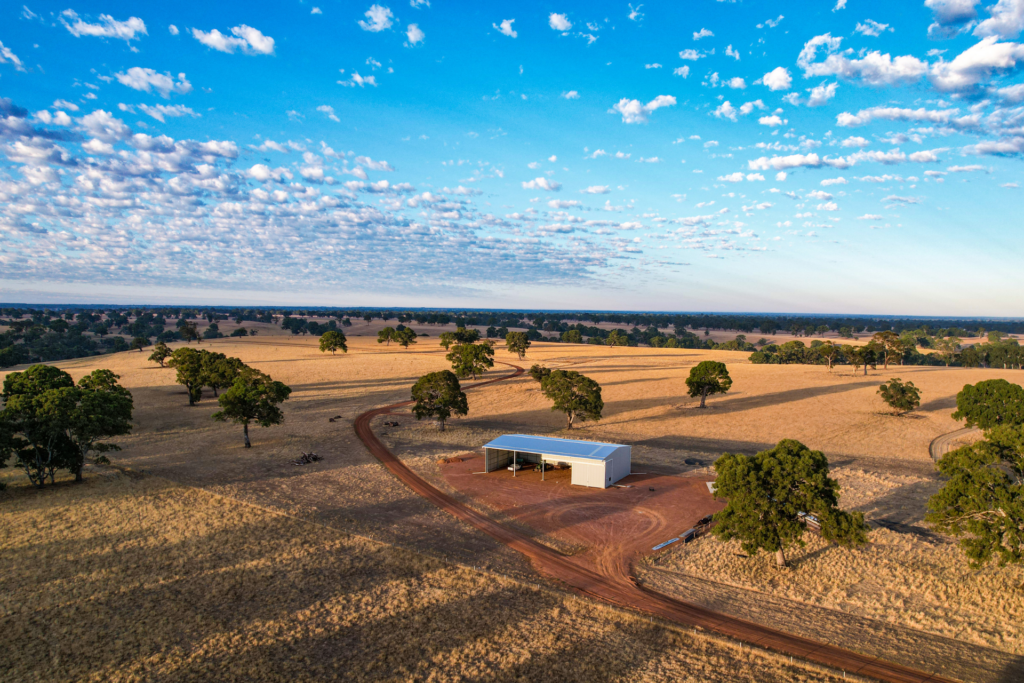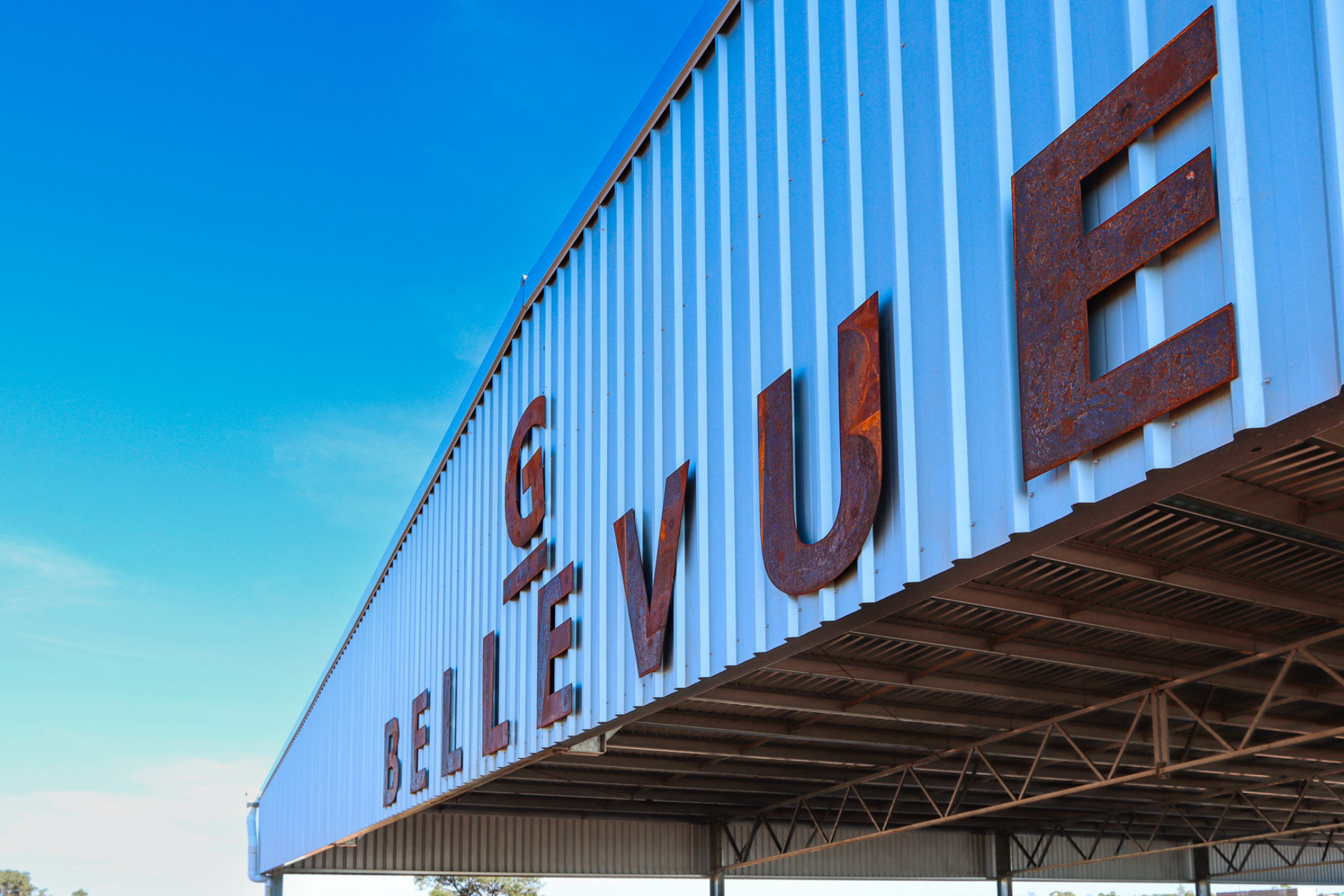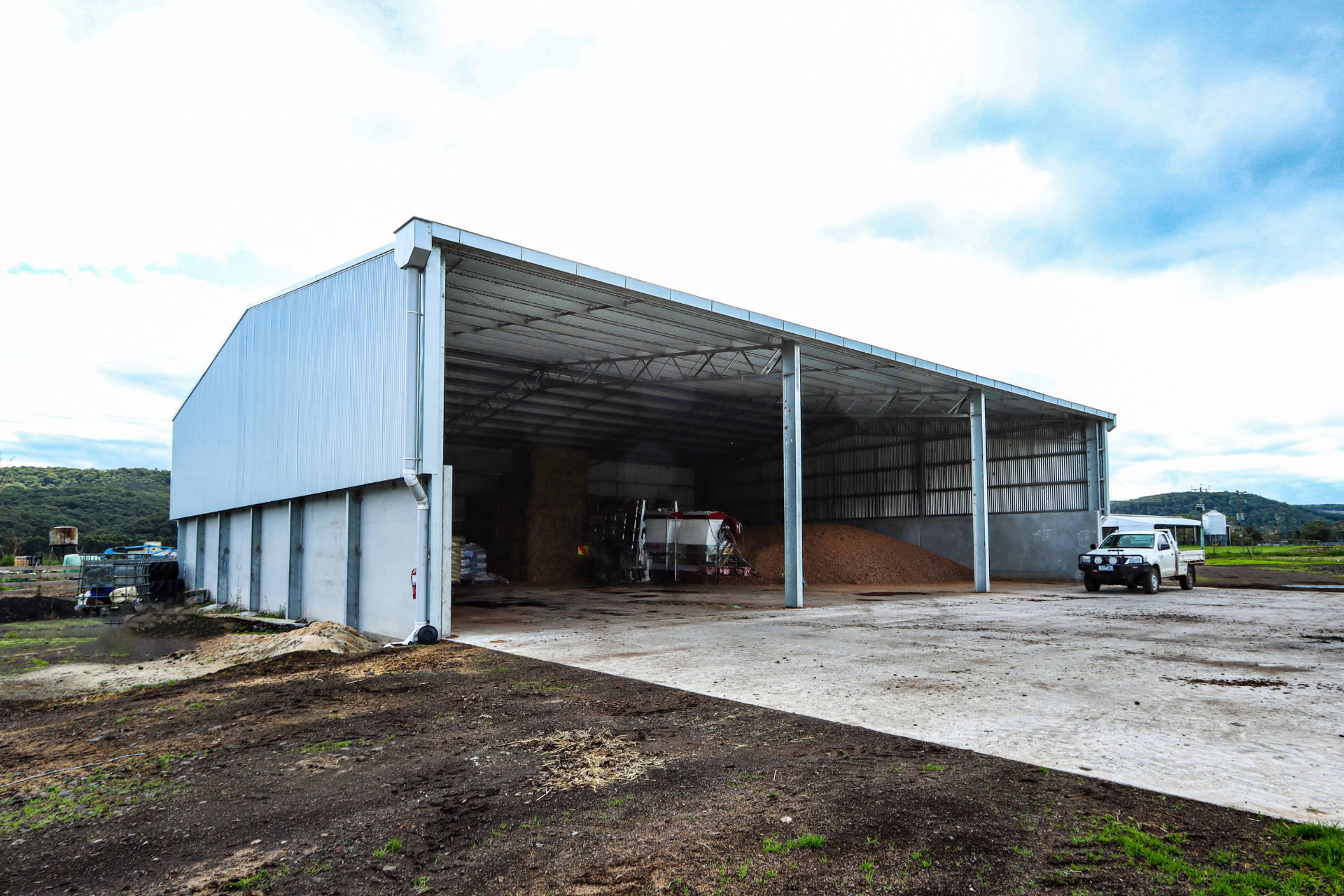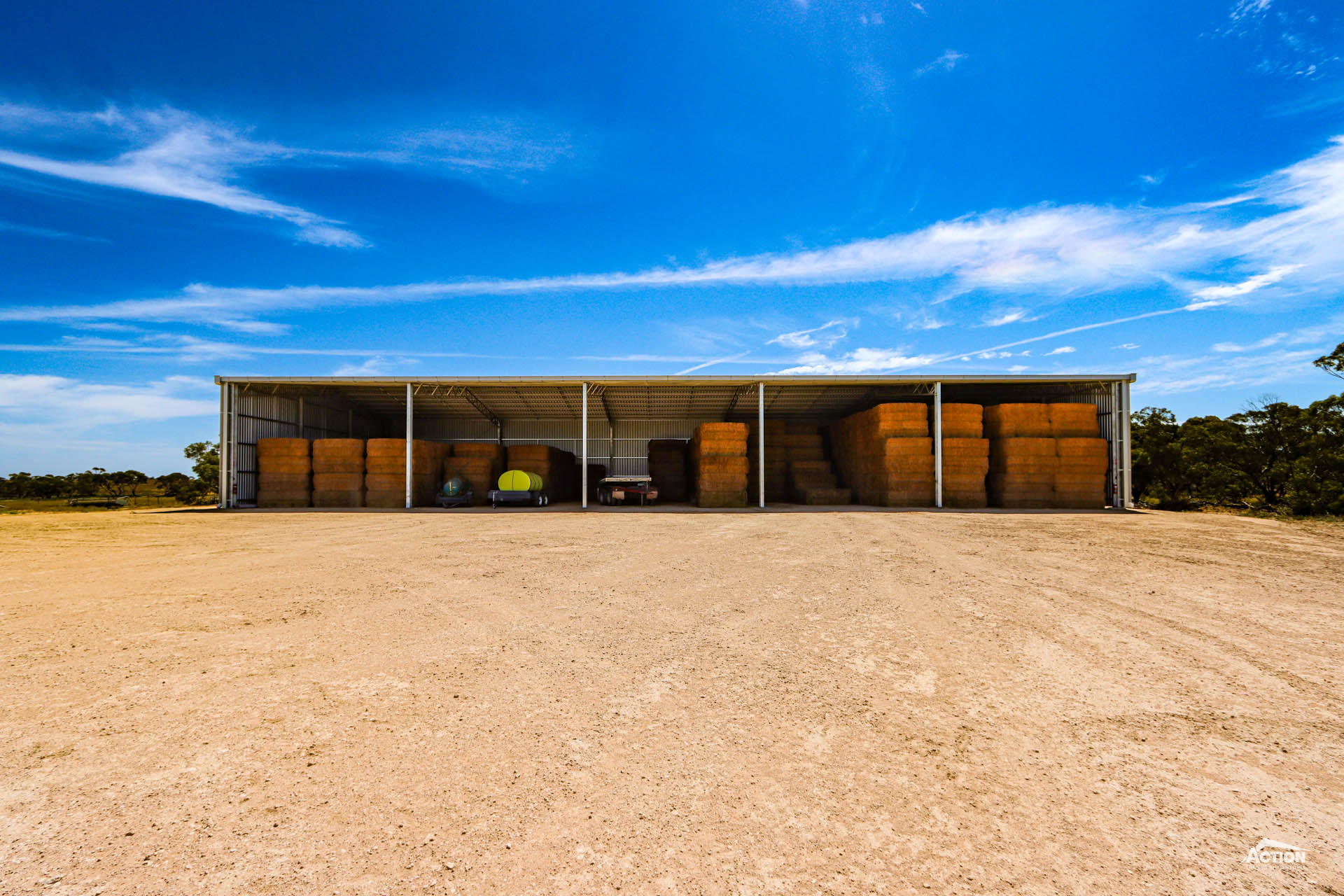Planning, organising and budgeting for your new farm shed build can be an intimidating task!
But don’t worry – we’re here to help you through it!
The importance of clear and accurate budgeting for construction projects should not be underestimated. And a new farm shed build is no exception.
This is true regardless of whether you are building a large-scale shearing shed complex or a chemical storage shed for a cropping enterprise.
Having a clear budget for your project is a smart, financial move. It means you have an accurate idea upfront of what you can expect to pay for your shed, and it helps you plan payments and purchases with clarity and confidence.
In this article, we discuss the key things you need to consider for your farm shed project budget, including potentially hidden costs, payment plans and the factors that influence shed prices.
And the questions you need to ask at each step.
These suggestions will help ensure you are not caught short or end up unexpectedly out of pocket and they will also help you clarify exactly what you are hoping to achieve with your farm shed project.

7 Steps For Budgeting For A New Farm Shed Build
Budgeting for a new farm shed build?
Planning your purchases ahead of the end of financial year?
Or looking ahead to the next financial year?
Then the budgeting tips and suggestions in the article will be a useful tool and a good starting point.
First up we look at the importance of factoring in all of the project costs so that you have a clear indication of the final, total cost.
1. Factor In All Project Costs
Have you allowed for site preparation costs? Will your shed require council permits? How much do permits cost?
The first step in budgeting for a farm shed project is establishing all the costs that will be incurred over the course of the project.
These include:
- Site preparation
- Council permits (and any other required documentation such as fire design for larger shed builds)
- The shed kit
- Delivery
- Footings and footing concrete (including an allowance for additional concrete if the erectors hit rock when digging the footings)
- Installation
And if you have additions planned for your project in the future such as extending it or installing a canopy, it is a good idea to include these in your costings research.
Making sure you have factored all these expenses upfront, helps avoid any surprises and gives a clear picture of the total project cost.
2. Be Aware Of Hidden Costs
What isn’t included in the quote? Are the inclusion and exclusions clear? Have you read the fine print? If material prices increase, will you be charged more?
It pays to carefully read your quote.
This means you are aware of what costs are already included. And what costs have been excluded.
And it is always a good idea to read the fine print to make sure there are no additional costs hidden in there.
Some of the inclusions or exclusions to be aware of which often aren’t immediately obvious, are:
- GST
- Footings and footing concrete
- Council permits
- Hot dip galvanising
- Project management
And when it comes to fine print it’s a good idea to check things like payment terms and conditions and make sure there are no potentially expensive clauses.
One question it is always worth asking is whether you will be charged more if material prices go up after quoting.
Rest assured; our quotes are valid for 30 days so if you have signed up within this timeframe the quoted prices will be honoured. (Unfortunately, this is not the case with all shed manufacturers.)
3. Establish The Must-Haves
What are you using your farm shed for? What are you hoping to achieve with your build? What are your absolutely non-negotiable essentials?
Knowing what you are wanting to achieve with your farm shed project goes a long way to helping you work out what size shed you need and the design that will work best.
It also helps you determine what you need to spend your money on.
If it’s a hay storage shed it might mean that you opt for larger bay spacings, to make loading or unloading the shed easier.
For a calving shed, it might be choosing concrete panels to make the shed easier to keep clean and prevent corrosion.
Or for a multi-purpose shed, it could be an enclosed bay or a cantilevered canopy.
This step makes sure your shed design is functional. A dysfunctional design will be frustrating and could end up costing you more money in the future. So, establish your requirements and ensure the shed design addresses these first and foremost.
This leads to our next step, the ‘nice-to-haves’

4. Consider The Nice-To-Haves
Limited by cash flow? Prioritising purchases?
While it’s important to prioritise details that can’t be changed after the shed is constructed e.g., the shed height, it’s also a good exercise to think about what you would love to include in your shed design – even if it’s not a necessity or an immediate need.
For example, if you are considering including a canopy on your shed project but it’s not a feasible option right now just let our building consultants know in the design stage. This means they can ensure provision is made during manufacturing so that a canopy be easily installed in the future.
And if you are looking for ways to cut costs on your project, remember not to sacrifice functionality. This typically just leads to poor design which is frustrating and expensive.
There are ways to save money on your shed project, without compromising on quality. You’ll find information on this in the Useful Resources section further on in this article.
5. Plan For The Future
What are your current storage requirements? What are your future plans? How can you avoid additional expenses in the future?
Make sure your shed design addresses your current requirements and makes allowance for your future requirements.
For example, if you are building a calf shed or machinery shed that you hope to use for hay storage later on, then design the shed so that it’s also suited for hay storage. This could be as simple as increasing the height of the shed.
Similarly, plan your shed site with any future expansion plans in mind. This also helps you avoid additional costs, logistics issues and inconvenience in the future.
6. Utilise Payment Plans
Financing your project? Factoring in your future payments? Wanting flexible payment terms?
Having a clear, documented payment plan for your shed project can help you with your overall business budgeting. You will know the number of payments due, the amounts and when they need to be paid and then you can plan accordingly.
And a shed project can be a significant investment, which is why we offer a staged payment plan.
This typically involves a small deposit amount when you place your order with no further expense incurred until the shed enters the workshop for manufacturing.
This is followed by an amount due on delivery and an amount due for installation.
And this can be tweaked to suit you. You might prefer to pay for the project in full upfront, or you might prefer to make fortnightly payments.
Or if your shed is being financed, your bank may have particular invoicing requirements.
If you would like to discuss payment plans for your project, speak to one of our building consultants and they can tailor a plan to suit.
6. Understand Farm Shed Prices
What makes prices go up? How do I save money on a shed project? What is a cost-effective shed design?
Understanding farm shed prices and what they are influenced by is probably one of the most important steps in budgeting.
There are typically five factors that influence the price of a shed, these are:
- Size
- Configuration
- Design features
- Materials
- Project complexity
And we discuss each of these factors, here – How Much Does It Cost To Build A Farm Shed?

So that’s what you need to be considering for your new farm shed build budget.!
If you have any questions on any of these points, our building consultants are always more than happy to answer questions and discuss options.
Useful Resources
How To Compare Farm Shed Quotes
One of the key details – and often the deciding factor – when buying a new shed is price. But price shouldn’t be the single deciding factor.
Farm shed quote inclusions and exclusions also need to be carefully considered. And not all farm shed builders are equal.
So, you have done your market research and you are ready to compare farm shed quotes. Where do you start?
Are there any hidden costs? What services are included? What does the fine print say?
Here’s a comprehensive checklist to follow when comparing farm shed quotes, prices – and companies!
How To Save Money On Your Farm Shed Project (without sacrificing quality)
Looking for ways to save money on your shed project?
No one wants to pay more than they need to. So, how can you make sure you are getting the best value for your money? What are some ways to save money on your farm shed?
Learn about 9 ways you can save money on your farm shed project without reducing the quality, here.
Can I Write Off My Farm Shed?
Farm Shed Price Guides
- How Much Does It Cost To Build A Hay Shed?
- How Much Does It Cost To Build A Grain Shed?
- How Much Does It Cost To Build A Machinery Shed?
- How Much Does It Cost To Build A Chemical Shed?
- How Much Does It Cost To Build A Fertiliser Shed?
- How Much Does It Cost To Build A Shearing Shed?
- How Much Does It Cost To Build A Sheep Yard Cover?
- How Much Does It Cost To Build A Cattle Yard Cover?
- How Much Does It Cost To Build A Feedlot Cover?
- How Much Does It Cost To Build A Rotary Dairy Shed?
- How Much Does It Cost To Build A Calving Shed?
- How Much Does It Cost To Build A Shed Canopy?
- How Much Do Concrete Panels For Farm Sheds Cost?
- How Much Do Permits For Farm Sheds Cost?







